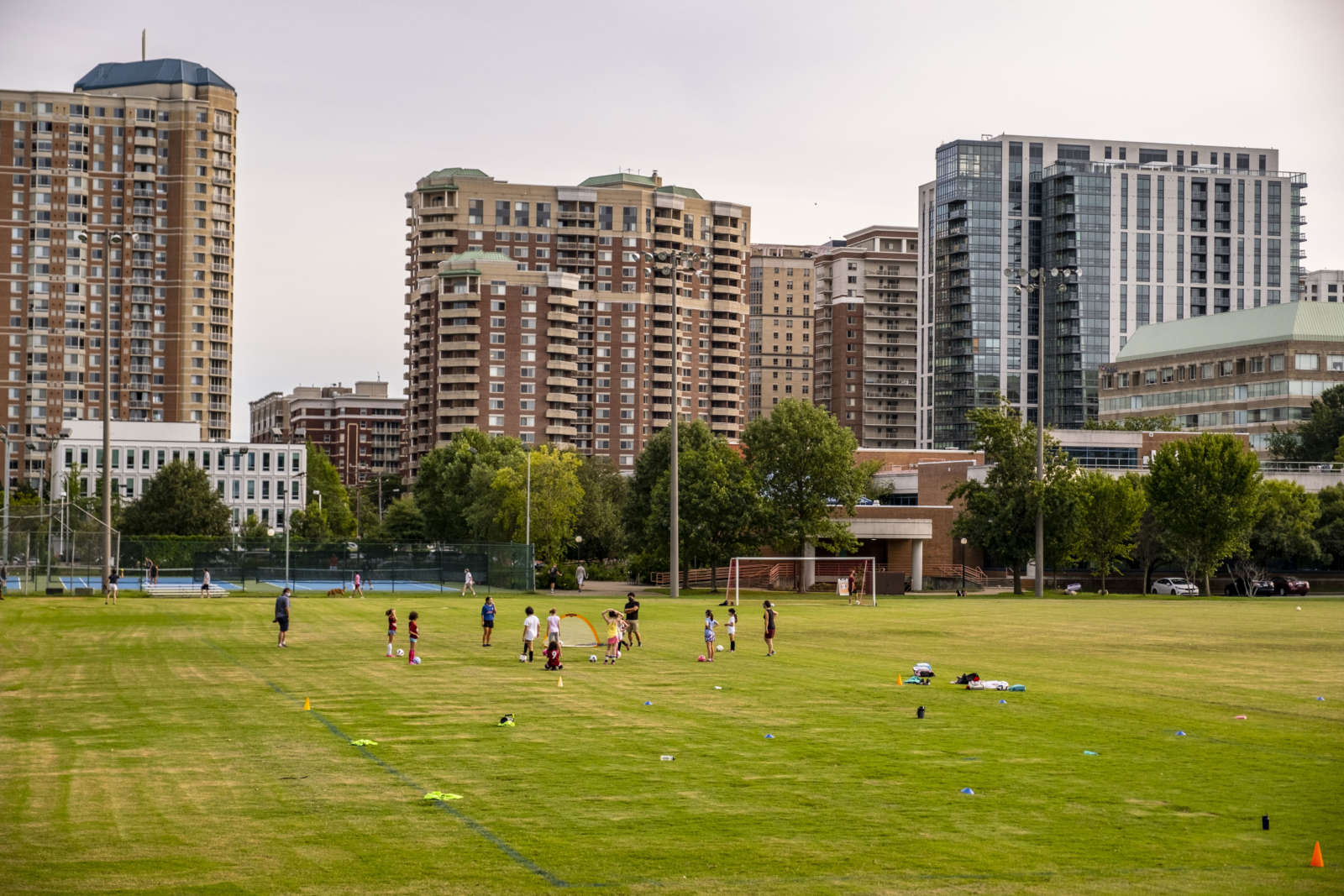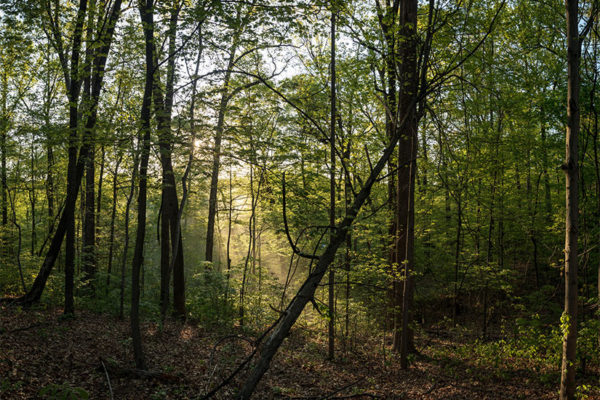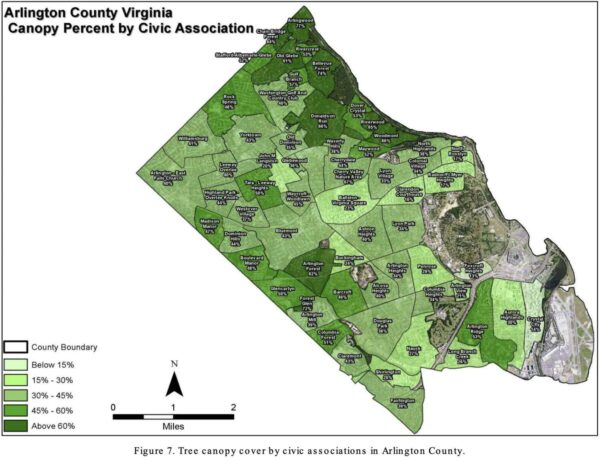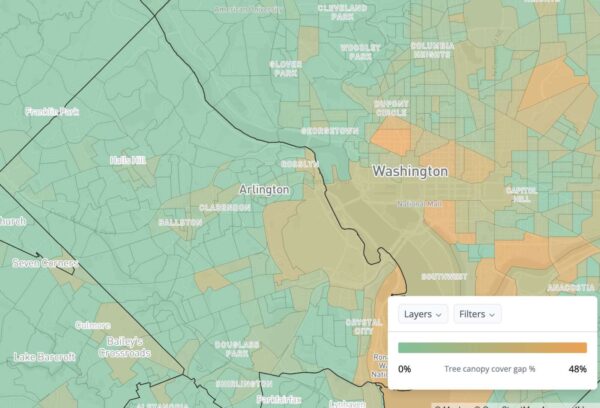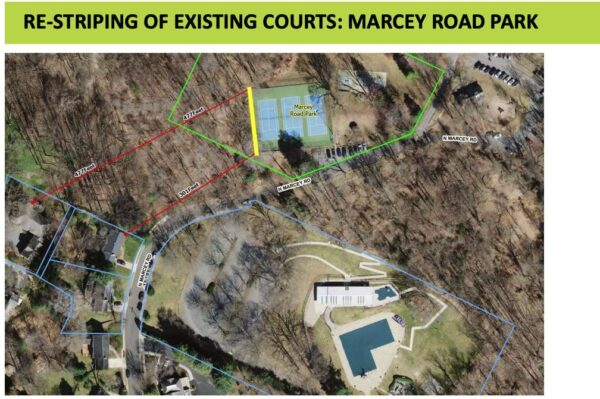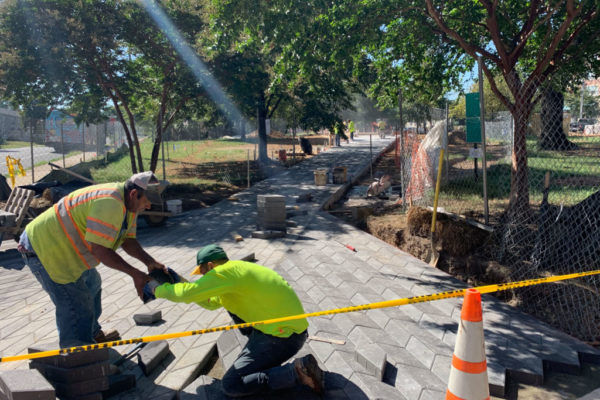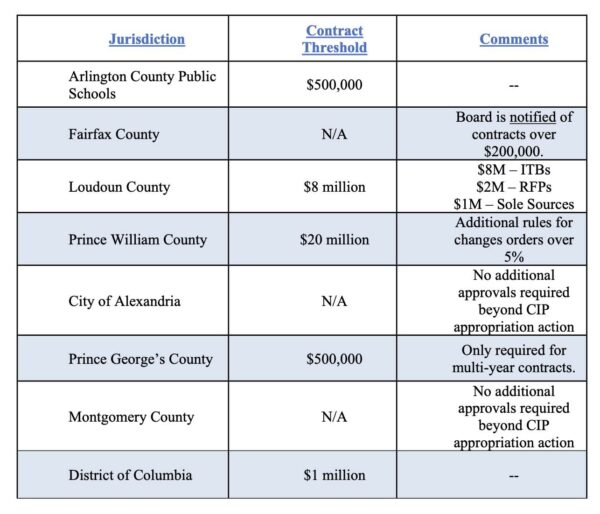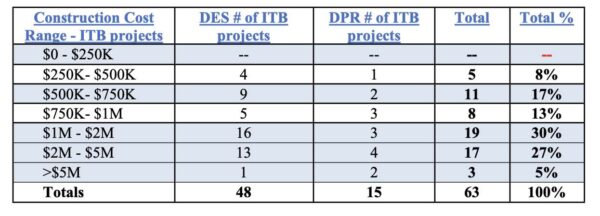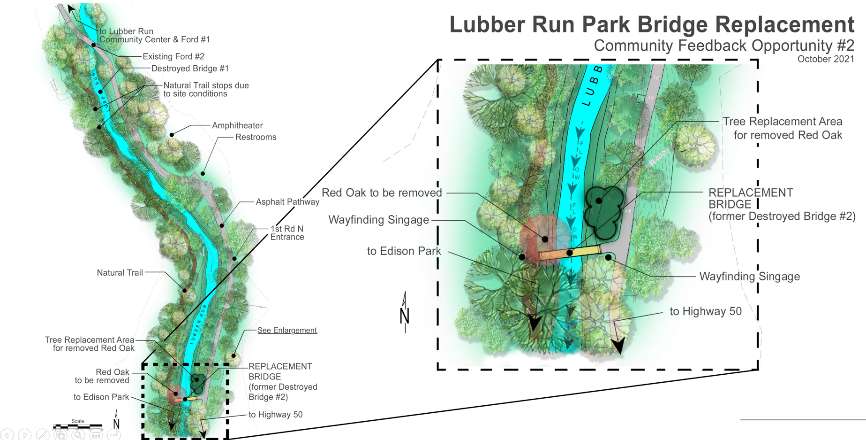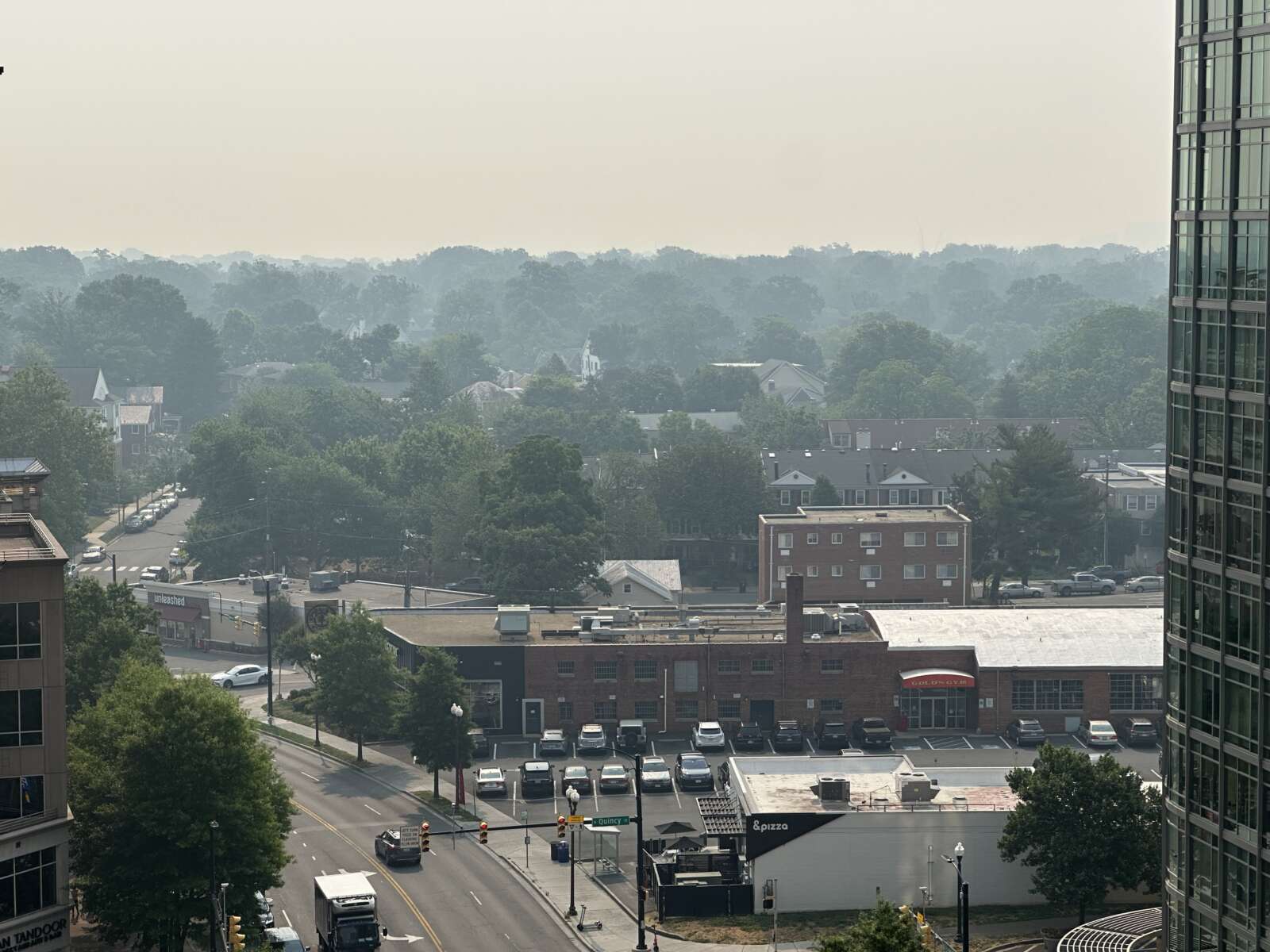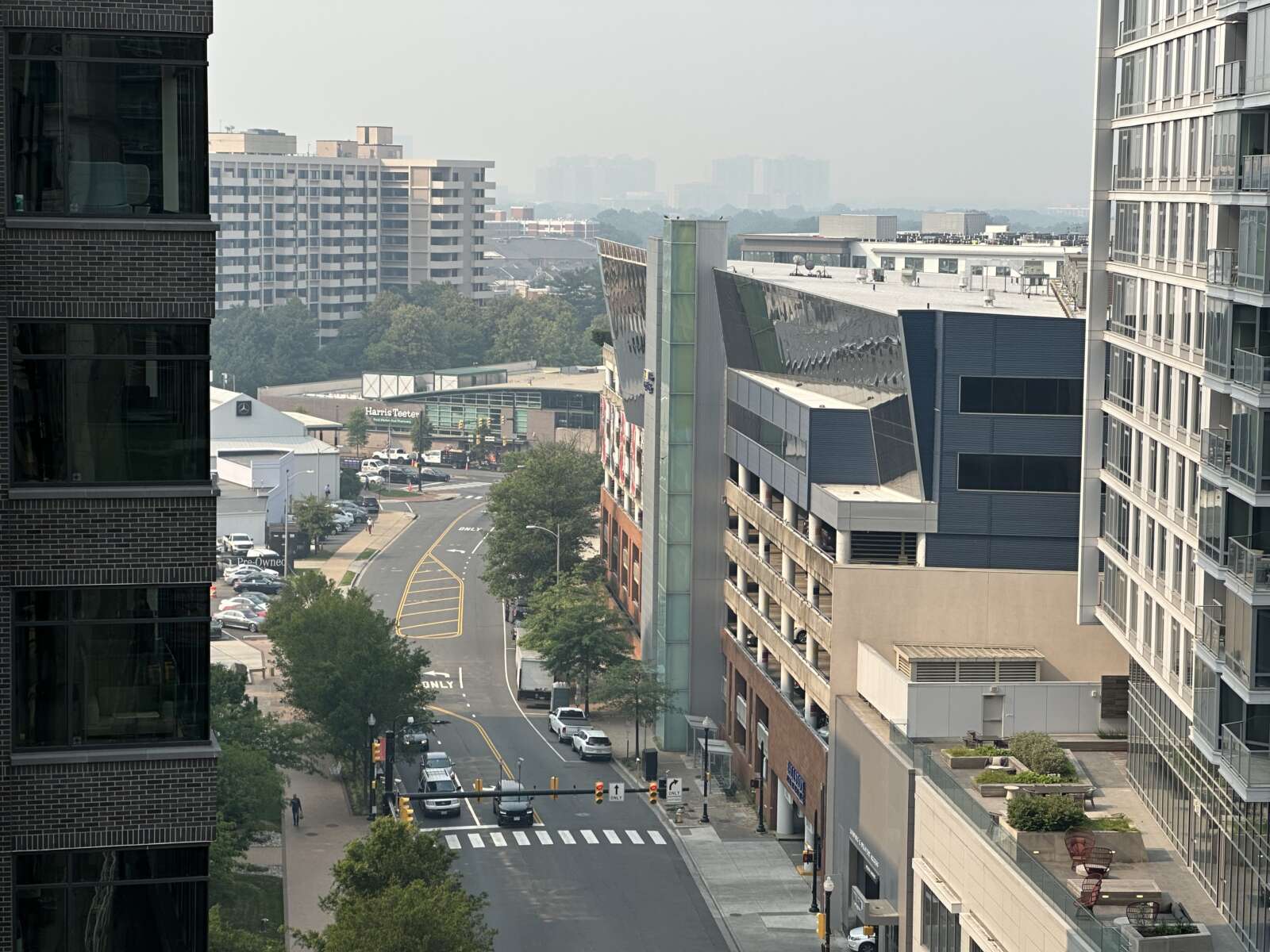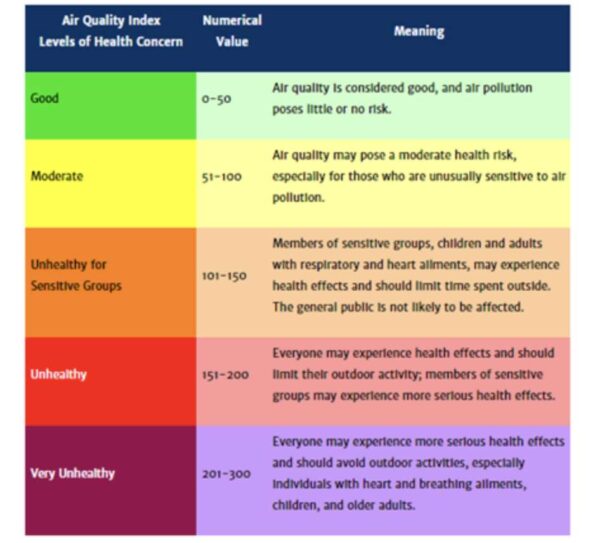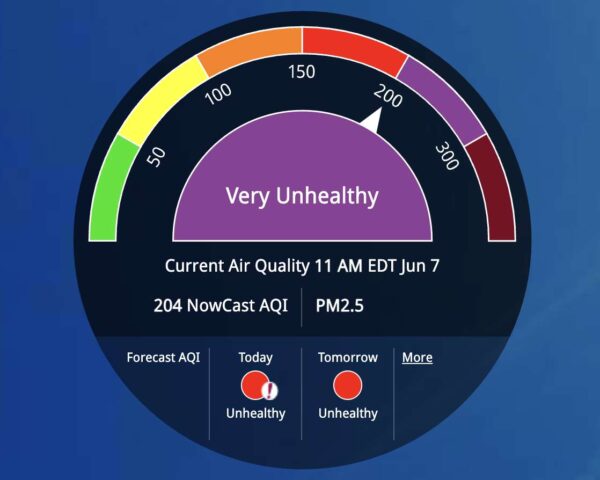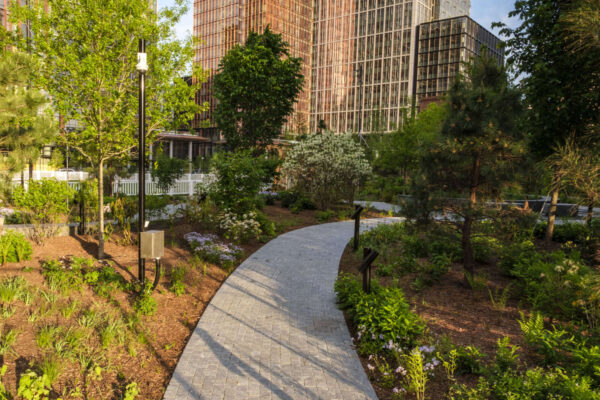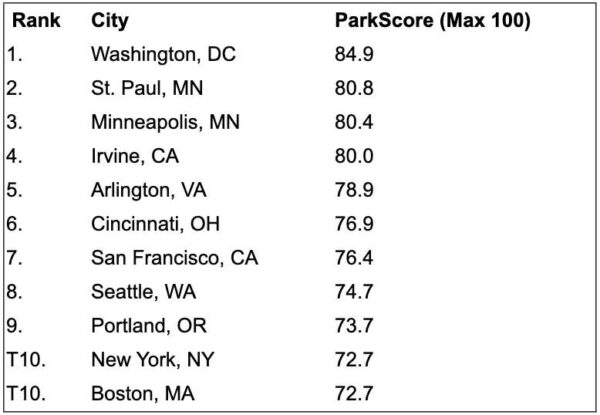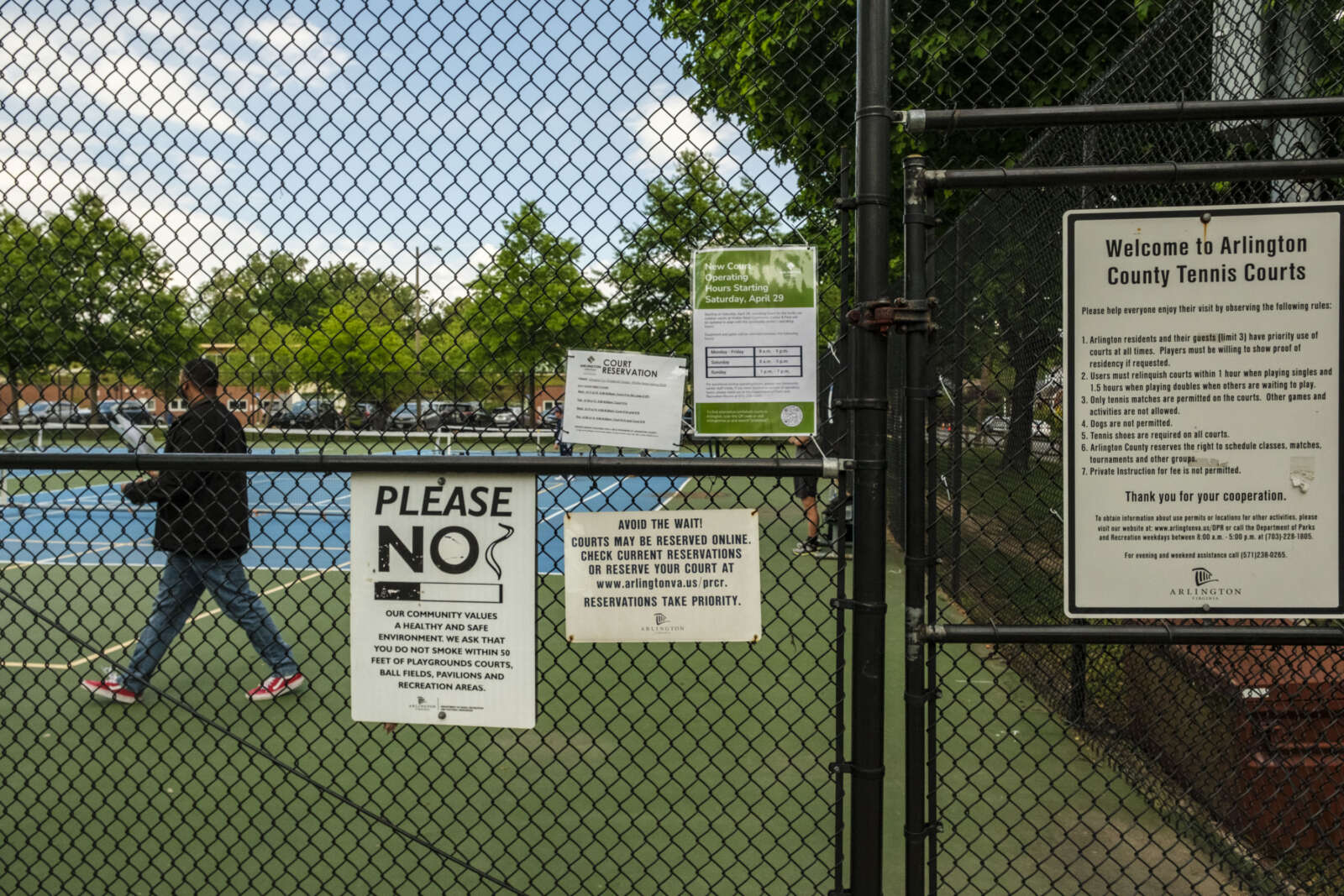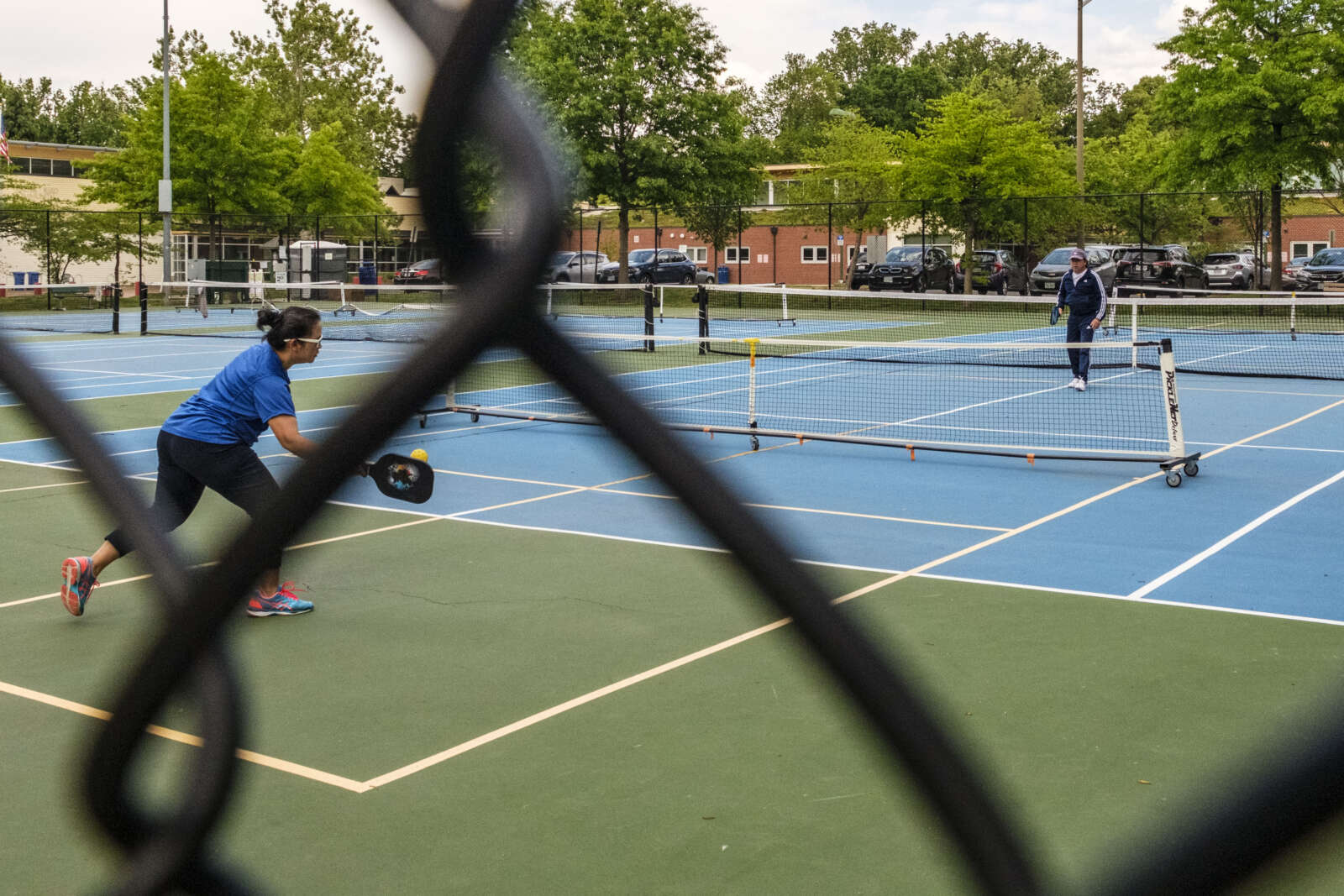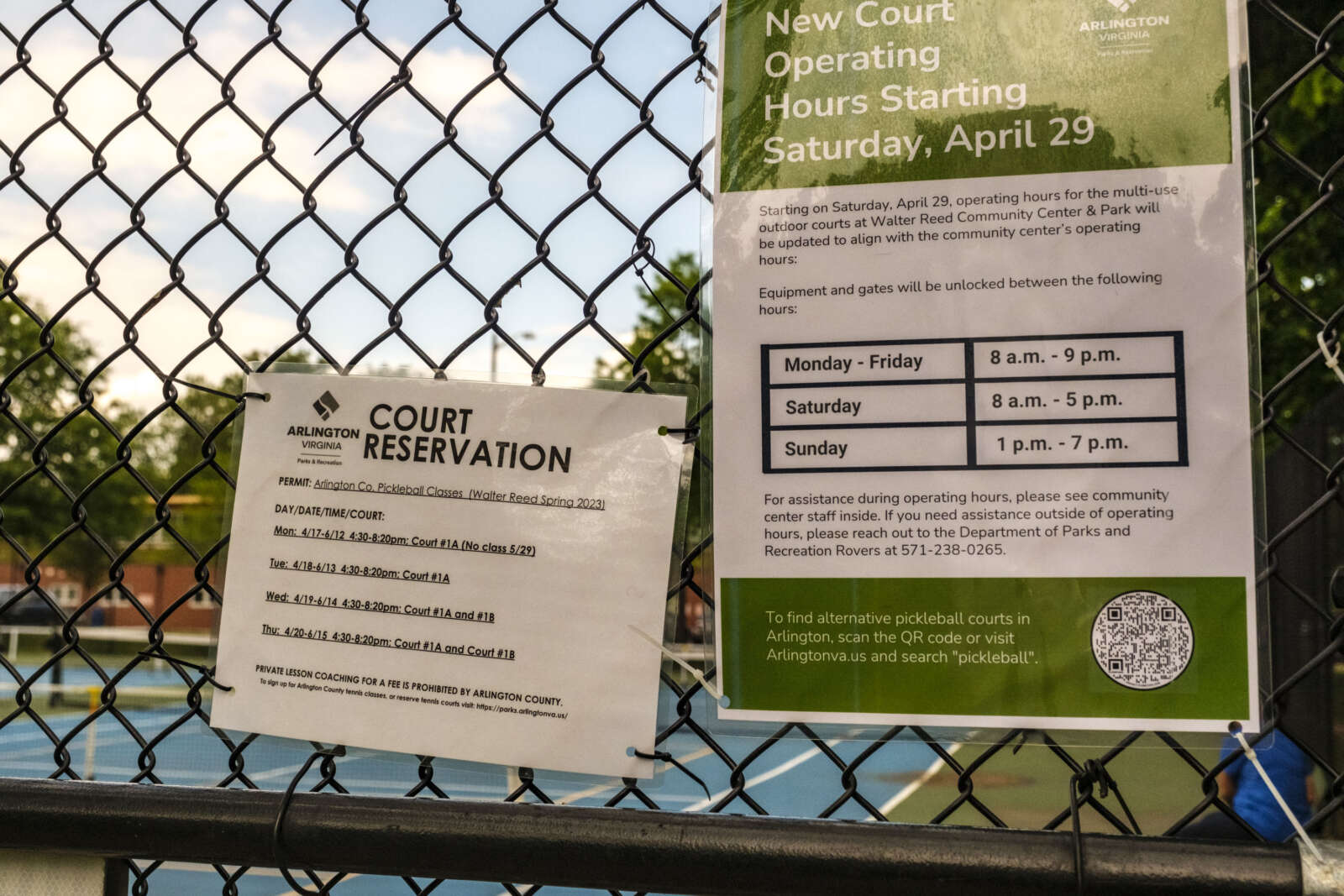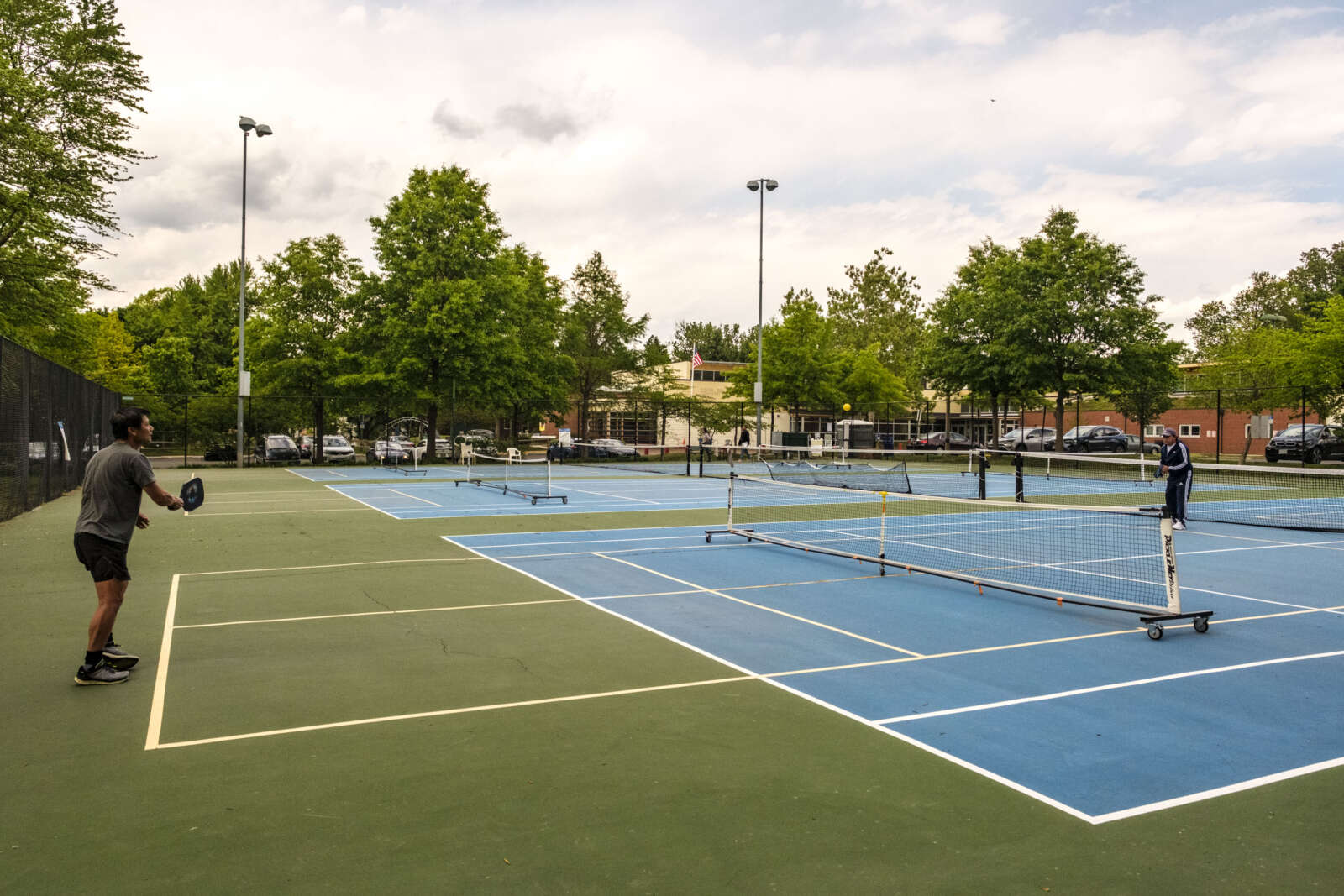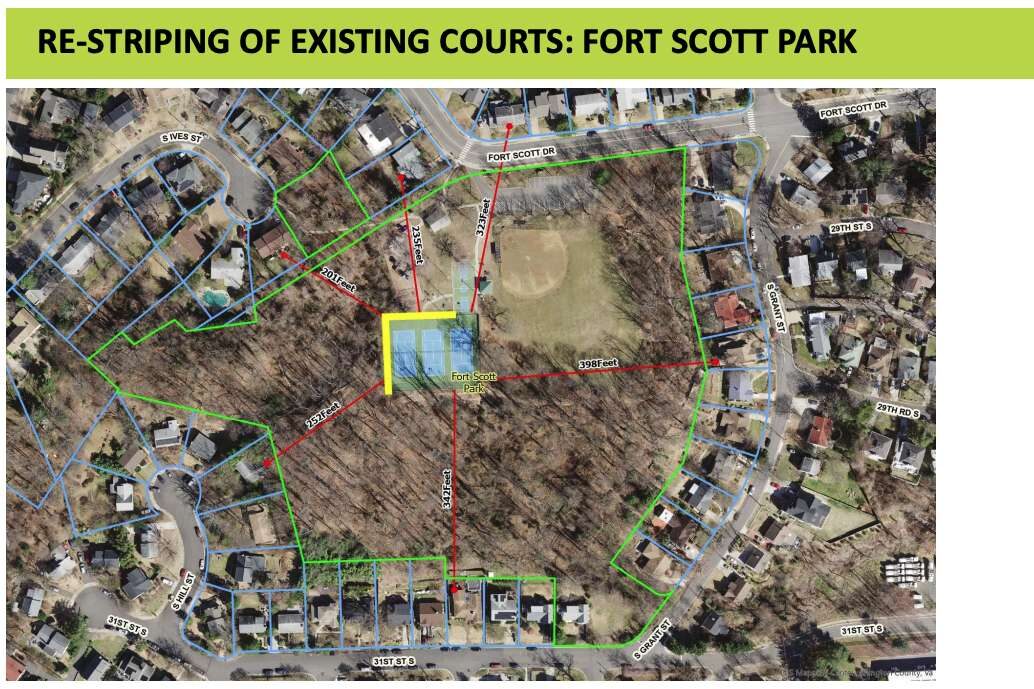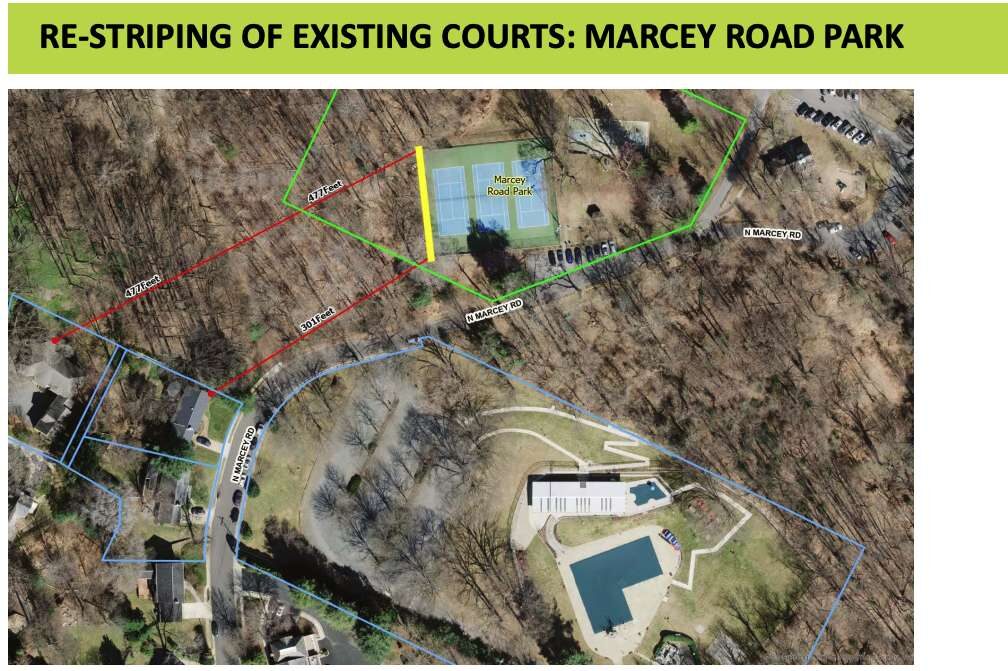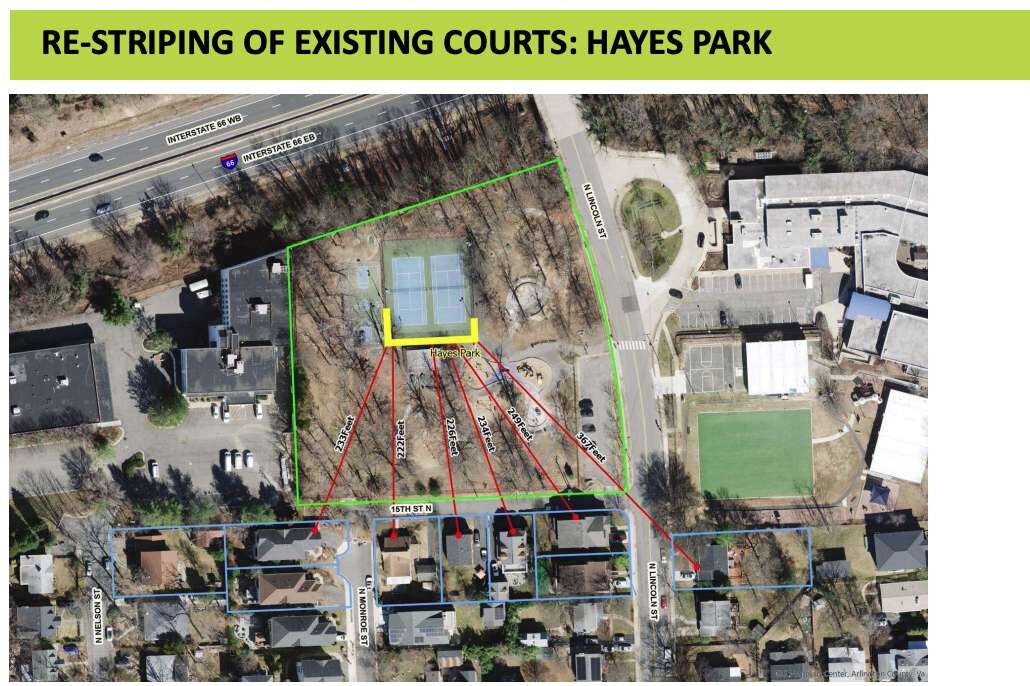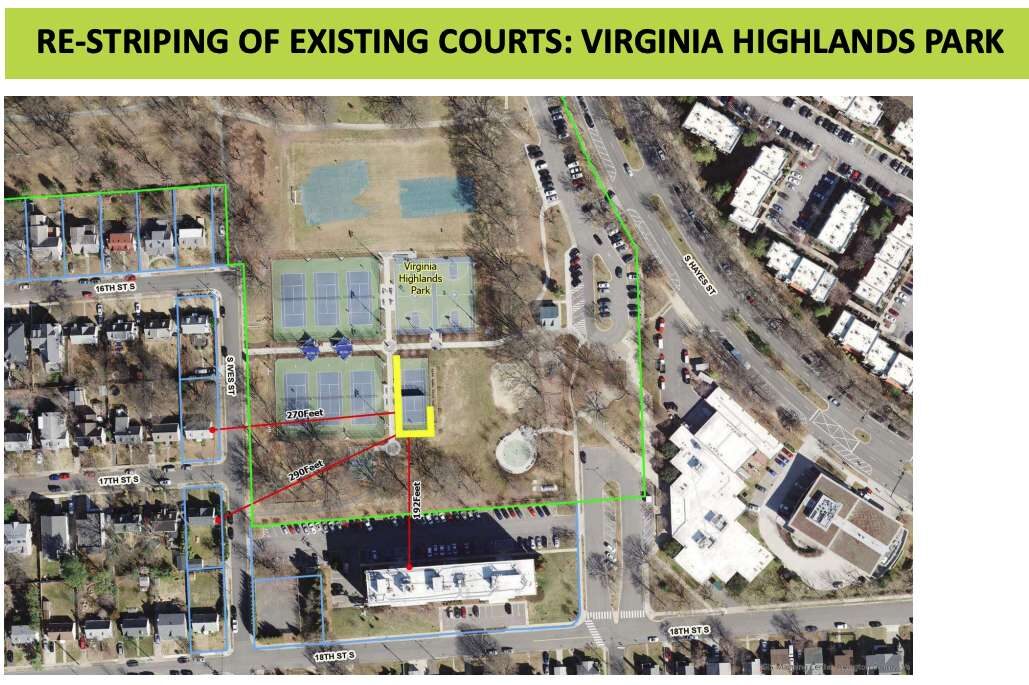
For the sixth year in a row, Arlington County has been named the No. 1 Digital County for 2023 for counties of comparable size.
The accolade highlights Arlington’s progress toward moving its operations onto the cloud — which Arlington County Chief Information Officer Norron Lee says makes county processes safer, greener and easier — as well as its broadband access study and the priority placed on customers.
These achievements exist alongside the reality that many residents have reported not-so-seamless experiences interacting with certain county processes online. Perhaps this happens once a year when the sign their kids up for camp or apply for a residential parking permit or more frequently, for instance when builders interact with Permit Arlington.
System crashes, delayed launches and slow service have made local news headlines over the past few years. While not headline grabbing, other issues linger: having separate logins for various county systems, minimal online-based support, and — in at least one recent case, for a specific business tax — a requirement to receive mail or make phone calls in order to register for a new “paperless” system.
One issue, according to multiple interviews conducted by ARLnow over the past month, is a highly siloed approach to technology at the county level, with departments making their own tech decisions despite limited expertise.
“I think we started to deviate from best practice when, in other parts of the world, technology was more of a component of every other department’s daily life, not a separate entity unto itself,” says Aneesh Chopra, a longtime resident, who was appointed by former President Barack Obama to be the first Chief Technology Officer of the U.S.
Arlington may have world-class broadband but, he says, “when it comes to these applications that are effectively run by different departments, it feels like they stopped innovating since the 1990s.”
Arlington County Board members and the County Manager’s Office say they are aware of the frustrations their constituents face and envision a day when technology does a better job of streamlining bureaucratic processes, freeing up staff for complex issues, and houses all government interactions in one place.
“We are in a good place, in my opinion, but I do think — instead of trying to adopt a relatively bureaucratic system with a digital face or front — we have to think about how those processes can be streamlined,” County Board member Takis Karantonis said, when talking about Permit Arlington. “This is a work in progress, still.”
He and County Board Chair Christian Dorsey say Arlington needs a one-stop shop for people to take care of all the ways they interact with government.
“There ought to be some… seamless way to [respond to bureaucratic needs] in a central web portal that’s also optimized for mobile use as well, where people can do this with a minimum of user names passwords to recall,” said Dorsey.
Dorsey alluded to “an articulation of way forward” before he leaves the Board this December.
“We can easily articulate what we need to be doing but getting there needs resources the Board has felt uneasy committing while we’ve had other pressing priorities,” such as the response to Covid, he said.
The county does not have someone whose sole responsibility is inter-departmental technology integration. The effort instead falls to the County Manager’s Office and the Dept. of Technology Services, which is guiding a cooperative effort across 26 county departments that have staff with varying technological literacy.
For Deputy County Manager Aaron Miller, the county’s “federated” structure has its pluses, like staff who are more responsive when there are problems, but there are downsides.
“When we do have to have centralized discussions it takes a lot of time to get everyone on the same page,” he said. “It’s a lot of time to pull everyone together… What we want to do is make sure that we are implementing systems that get the best experience but, sometimes, that comes with trade offs. When you look to centralize those systems, you essentially can water down functionality that might be important.”
Striking that balance and reaching this goal is fraught technological and legal hurdles, Miller says, but the county is motivated by hiccups people experienced getting permits and signing up for camp.
Already, the Dept. of Technological Services has stepped up its vetting of technology vendors for other departments. Miller says vendors often come “promising us that they can solve all of our problems,” but it can be difficult for someone without a technical background to evaluate a vendor’s ability to actually deliver on their promises.


